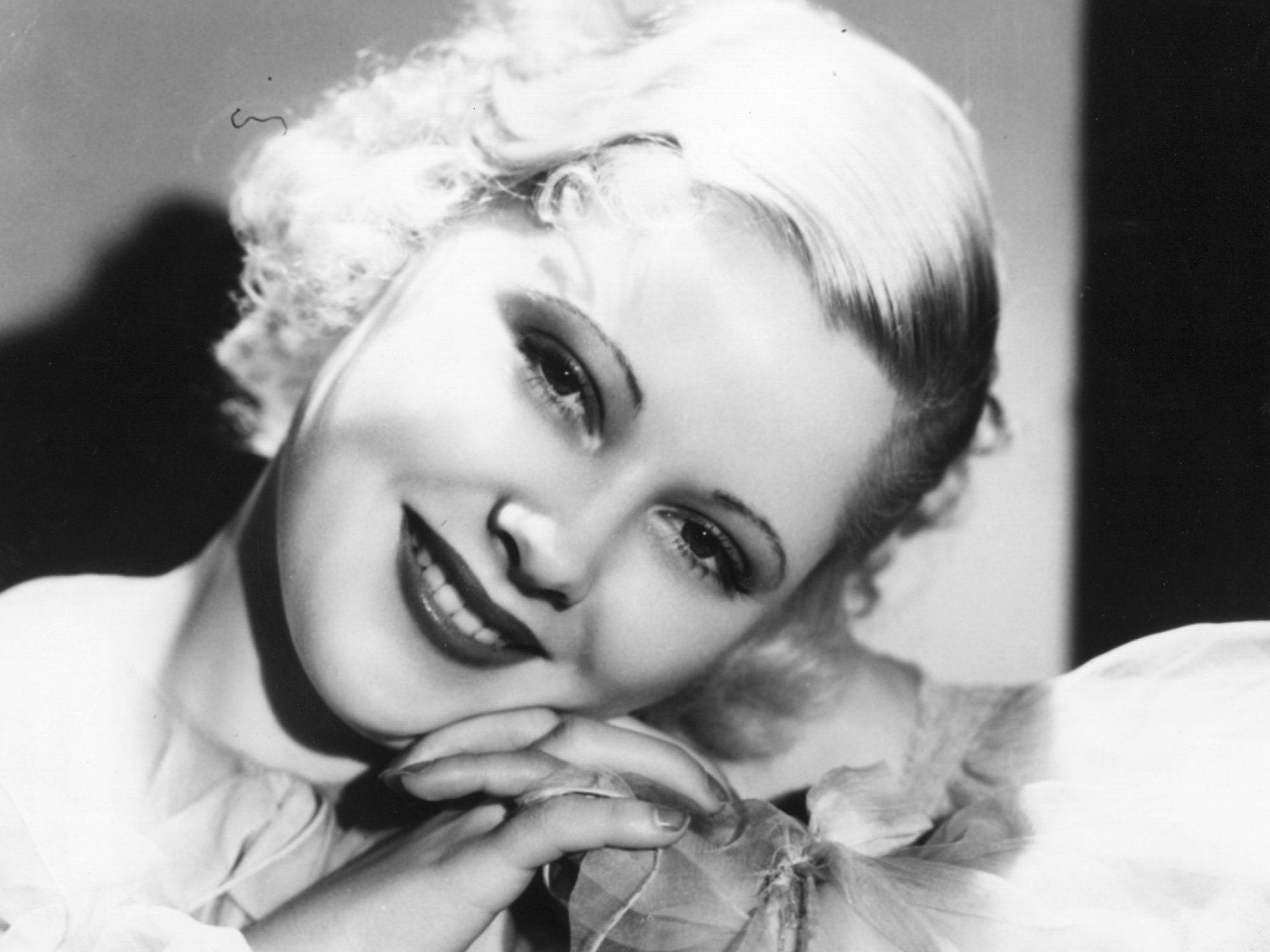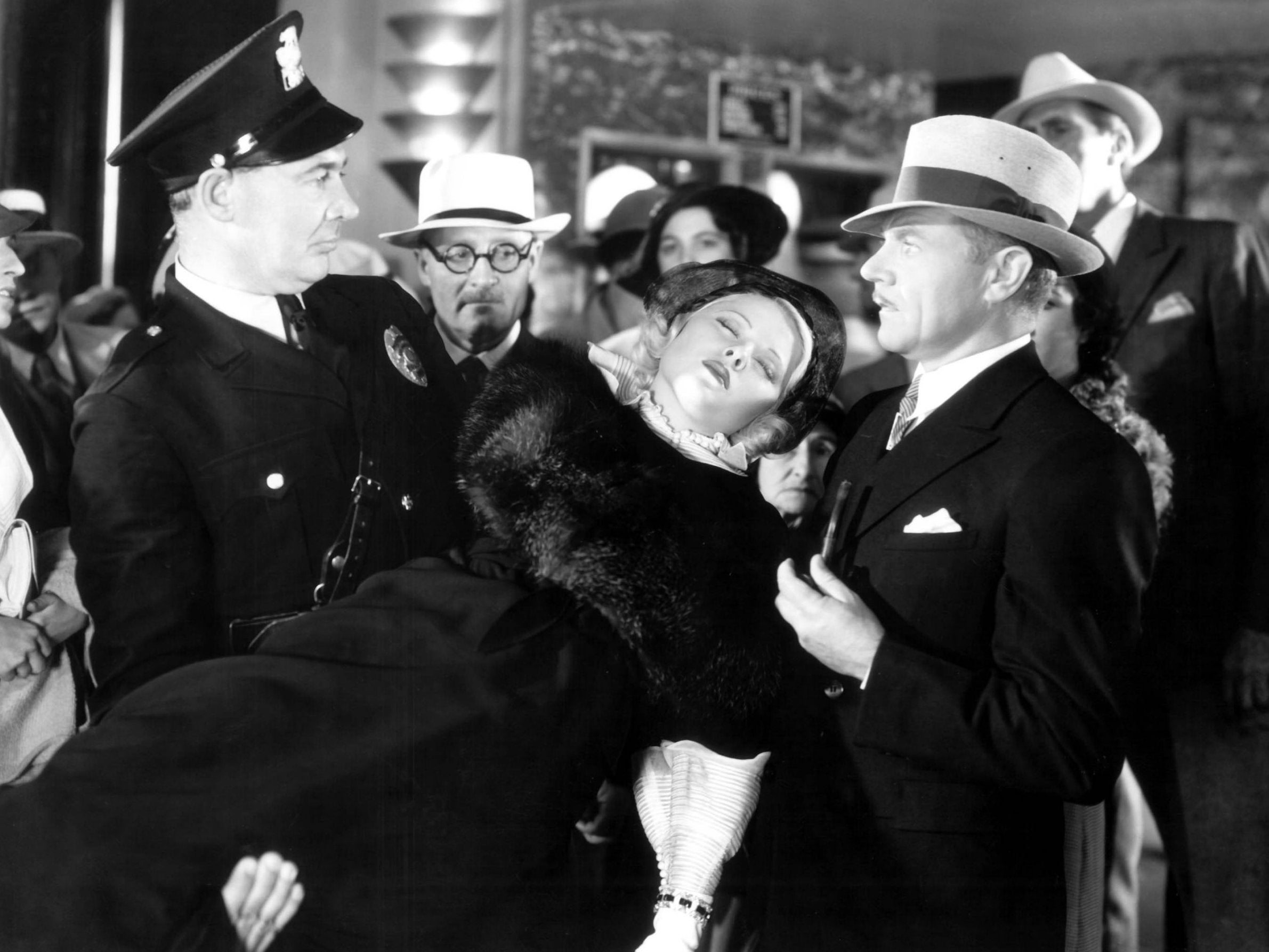Mary Carlisle: Hollywood actress of the Thirties who was typecast as the blonde ingenue
If her looks were a strength in helping her land roles at the outset of her career, they proved a weakness in the end as male producers failed to see beyond them

Your support helps us to tell the story
From reproductive rights to climate change to Big Tech, The Independent is on the ground when the story is developing. Whether it's investigating the financials of Elon Musk's pro-Trump PAC or producing our latest documentary, 'The A Word', which shines a light on the American women fighting for reproductive rights, we know how important it is to parse out the facts from the messaging.
At such a critical moment in US history, we need reporters on the ground. Your donation allows us to keep sending journalists to speak to both sides of the story.
The Independent is trusted by Americans across the entire political spectrum. And unlike many other quality news outlets, we choose not to lock Americans out of our reporting and analysis with paywalls. We believe quality journalism should be available to everyone, paid for by those who can afford it.
Your support makes all the difference.Mary Carlisle was a Hollywood actress who enjoyed popularity in the 1930s as a wholesome ingenue in musical comedies opposite Bing Crosby.
She was born Gwendolyn Witter in Boston, Massachusetts, to Arthur William and Leona Ella Witter, a religious couple who sent her to a convent. Her father died when she was four so she moved with her mother to Los Angeles. Her uncle, Robert Carlisle, was a film editor and producer who helped her secure an uncredited turn in 1923 film Long Live the King.
She is recorded as having been born in 1914 but may have been born two years earlier – it is a fact she never confirmed.
With her blonde hair, blue eyes and alabaster skin, Carlisle had the delicate beauty of an all-American porcelain doll. “This girl has the most angelic face I ever saw,” a Universal Studio chief reportedly declared upon spotting the then unknown Carlisle at the company’s canteen. “I’ve got to make a test of her right away.”
Carl Laemmle Jr did just that and she began to take work as an extra before a welfare officer noticed she was underage and sent her to school for two years.
Through Carlisle she learned of a casting call for chorus girls at Metro-Goldwyn-Mayer Studios (MGM). With more ambition than dancing experience, she raced to find a dancing instructor and barely mustered a rudimentary time step before her tryout.
After her inauspicious performance, she was astounded to find herself hired. “Of course, they soon found out I couldn’t dance, so I was made a substitute,” she told a reporter a few years later.
“The girls were always devilling me by saying they’d turn an ankle and that I’d have to go on for them. I was petrified, but I only had to dance in once picture, and that was just a flash.”
A prolific, if little-heralded actress, Carlisle appeared in more than 60 films in a career that lasted about a dozen years. Much to her dismay, she was typecast as the perpetual innocent, a decorative virgin.
She began with minor parts in prestigious films, playing a newlywed in the star-filled hit melodrama Grand Hotel (1932). That year, the Western Association of Motion Picture Advertisers selected her – along with Gloria Stuart and Ginger Rogers – as one of the Wampas Baby Stars, which led to a publicity buildup that augured better roles. The parts were bigger but seldom better.
She was twice Lionel Barrymore’s daughter, in Should Ladies Behave (1933) and This Side of Heaven (1934). She played the title role opposite Buster Crabbe in the collegiate romance The Sweetheart of Sigma Chi (1933) and also appeared in It’s in the Air (1935), a minor comic showcase for radio star Jack Benny. She was a damsel in distress in the old dark house story One Frightened Night (1935), made at a “poverty row” studio.

Carlisle was the object of Crosby’s crooning in College Humor (1933), Double or Nothing (1937) and Doctor Rhythm (1938), films that boosted her visibility but left her with little to do but smile adoringly at her co-star. Offscreen, she said, Crosby teasingly called her “Chubby” and “Bubbles”.
The New York Times film critic Mordaunt Hall found Carlisle “ingratiating” as Will Rogers’s daughter of marrying age in Handy Andy (1934), and she held her own that year in a cast of scene-stealers in Palooka (1934), a boxing comedy with Jimmy Durante, Stuart Erwin and Lupe Velez. She sang the Bert Kalmar-Harry Ruby ballad “One Little Kiss” to popular comedian Bert Wheeler in Kentucky Kernels (1934).
More frequently, she remained trapped in undemanding parts in minor features, among them the sports comedies Hold ‘Em Navy (1937) and Touchdown, Army (1938). She retired from acting after starring in the low-budget horror film Dead Men Walk (1943) and for decades was manager of an Elizabeth Arden salon in Beverly Hills.
In 1942, she married James Blakeley, a British-born actor who later became an executive with 20th Century Fox studios and a production manager on TV shows such as Batman. He died in 2007. In addition to her son, James Blakeley III, an interior designer in Beverly Hills, California, she is survived by two grandchildren.
Mary Carlisle, Hollywood actress, born 3 February 1914, died 1 August 2018
© Washington Post
Join our commenting forum
Join thought-provoking conversations, follow other Independent readers and see their replies
0Comments